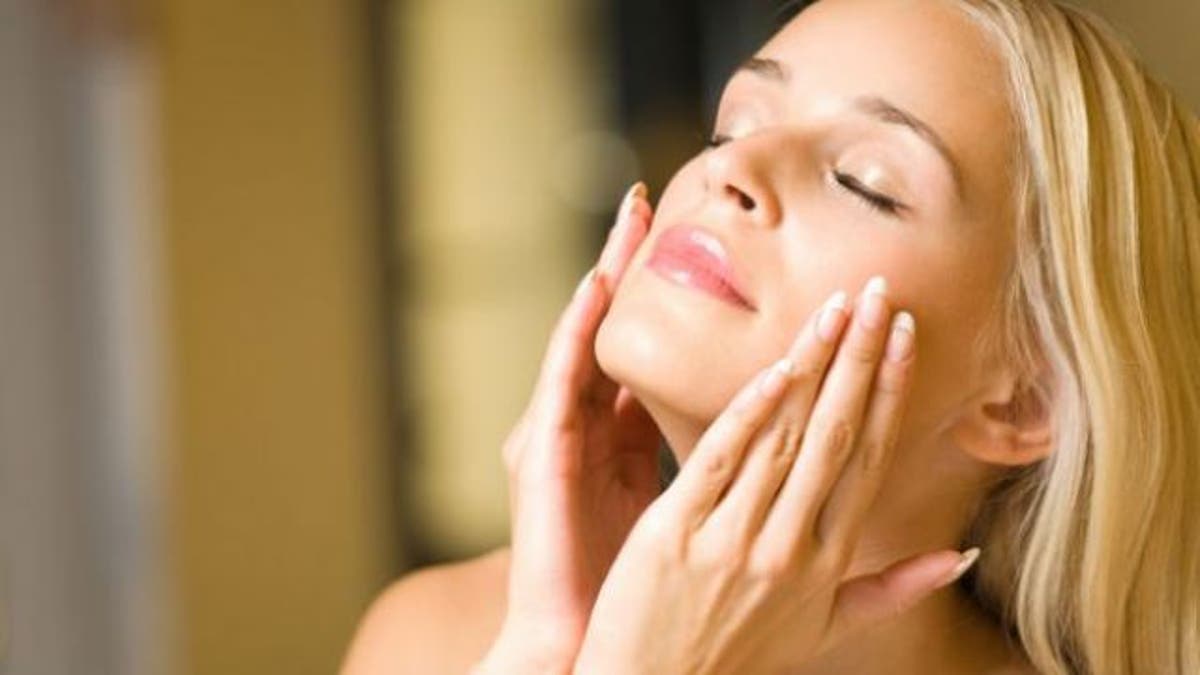
Many of us turn to our beauty products to help us look our best and feel good. Unfortunately, some of the ingredients found in your favorite beauty products may actually be doing more harm than good.
Misleading marketing and labeling tactics may sway you towards purchasing products that claim to be healthy – when in fact, they are not.
Products claiming to be “hypoallergenic” and “natural” are not subject to government regulations, meaning companies are free to define those terms however they like. Even when a beauty product is labeled as organic, usually only some of its ingredients meet those criteria unless the product is clearly labelled as being 100 percent organic.
Take a look at some toxic chemicals found in in products you likely use everyday and how they may be affecting your health.
Some hair products, body washes and eyelash glues contain formaldehyde along with formaldehyde-releasing preservatives such as DMDM hydanotin, imidazolindinyl urea, and quaternium-15, among others. Formaldehyde is used to help prevent bacteria from growing in water-based products and also helps make hair look and feel silky and smooth. It can be absorbed through the skin as well as inhaled during use. According to The Campaign for Safe Cosmetics,the amounts of formaldehyde found in cosmetics can cause skin reactions and rashes and it is considered to be a carcinogen by both The National Toxicology Program and The International Agency for Research on Cancer.
Phthalates are a man-made chemical that are typically used to make plastics flexible – but they are also used to prolong scents in many products including lotions, powders, nail polishes, hair sprays and shampoos. The Breast Cancer Fund states that phthalates have been found to be endocrine disruptors and have been linked to birth defects, fertility issues, asthma, obesity and even neurodevelopmental issues in newborns.
Perfumes give many products their intoxicating smell. But “parfums” and “fragrances” are typically nothing more than a mix of chemicals. The fragrance industry is allowed to regulate itself and has no outside agency to test for safety. Many times, labels reading “fragrance” actually contain phthalates, parabens and other chemicals. Even many products labeled "unscented" are filled with masking agents that block the smell of other fragrances. Only products labelled “fragrance-free” are truly free of fragrance and parfums. The Environmental Working Group has found fragrance mixes to be associated with dermatitis, respiratory distress, allergies and even possible effects on the reproductive system.
The only way to be sure you’re avoiding these chemicals is to carefully read product labels. Instead of choosing beauty products with a long list of ingredients, look for products with ingredients you recognize. Skin Deep, a cosmetics database created by the Environmental Working Group, is one resource that can help you decipher whether or not your favorite products may be harming your health.
